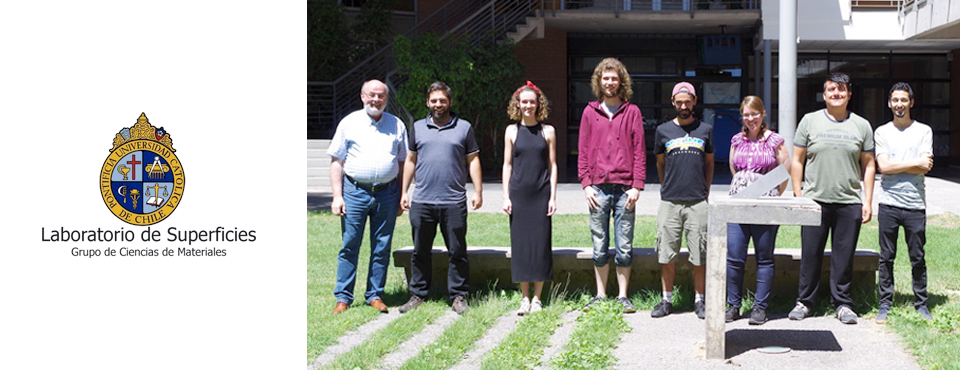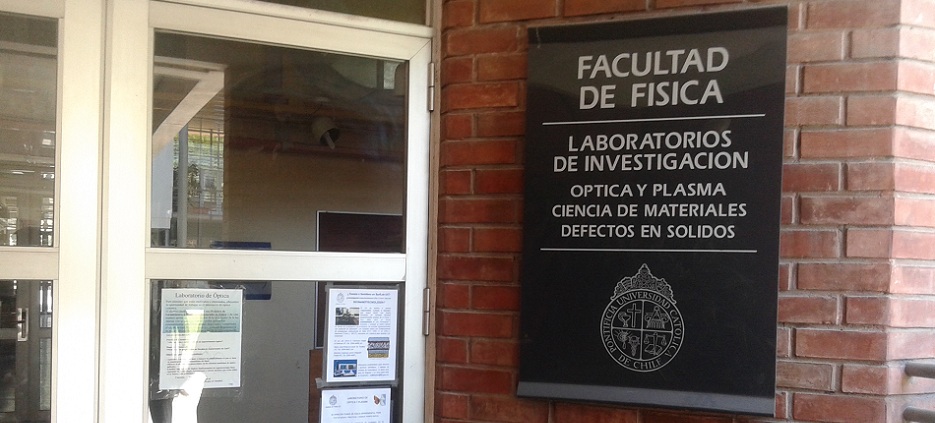Noticias
- Made en Chile
- Trabajar en Surflab UC
- Físicos en la sociedad
- ¡Se ha renovado la página web!
- CreaPhys GmbH
¡Destacados!
Highlights:
How water wets and self-hydrophilizes nanopatterns of physisorbed hydrocarbons. Our experiments evidence that water molecules can very effectively hydrophilize initially hydrophobic surfaces that consist of weakly bound hydrocarbon carpets. Published in Journal of Colloid and Interface Science (2022):

Dry Two-Step Self-Assembly of Stable Supported Lipid Bilayers on Silicon Substrates. We analyze a cleanroom-compatible method for dry fabrication of stable SLBs directly on silicon surfaces, which self-assemble without hydration. Published in International Journal of Molecular Sciences (2020):

Study of nitrogen implantation in Ti surface using plasma immersion ion implantation & deposition technique as biocompatible substrate for artificial membranes. The formation of artificial membranes was confirmed by AFM, measuring the topography at different temperatures and performing force curves. Published in Materials Science and Engineering: C (2020):

AFM image for the DPPC at 24 °C (a), 38 °C (b), 47 °C (c) and 56 °C (d) at the same scanning area.
Wetting properties of hydrothermally synthesized crystalline CuFeO2 delafossite porous surfaces. After annealing treatment at relatively low temperatures T > 300 C (Tmelt $ 1100 C), the CuFeO2 surface displayed superhydrophilicity and a rapid absorption of H2O droplets via its intergranular porosity. Published in Materials Letters (2019).

(A) XRD spectra of powder sample, (B) Raman spectra of powder sample. Inset: pellet annealed 500 C. (C) XRD spectra of pellet annealed 500 C in air. (D) As (C) under N2 flow. (E–G) Visualized characteristic wetting properties.
Surface Morphology of Vapor-Deposited Chitosan: Evidence of Solid- State Dewetting during the Formation of Biopolymer Films. Our work shows that ultrathin biopolymer films can undergo dewetting during film formation, even in the absence of solvents and thermal annealing. Published in ACS BioMacromolecules (2016):

Towards bio-silicon interfaces: Formation of an ultra-thin self-hydrated artificial membrane composed of dipalmitoylphosphatidylcholine (DPPC) and chitosan deposited in high vacuum from the gas-phase (pdf), published in the Journal of Chemical Physics - see also the press release of the American Institute of Physics.

Organic and inorganic materials grouped together to bridge the gap between biology and physics.
Credit: S.E.Gutierrez-Maldonado/FCV
Study on the Spontaneous Formation of Nanopatterns in Velocity-Dependent Dip-Coated Organic Films: From Dragonflies to Stripes, published in ACS Nano.


